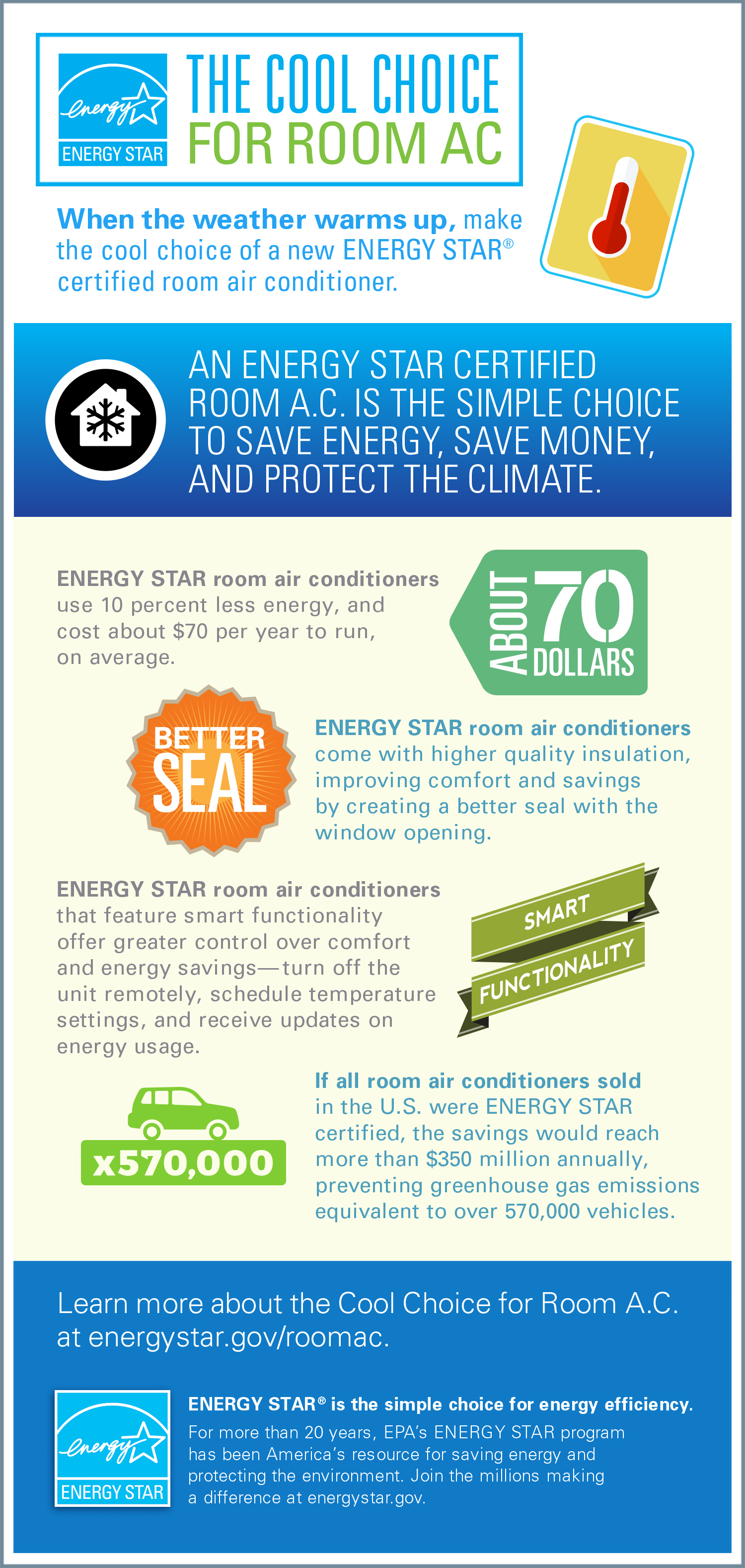The Future Of Home Home Heating - How Heatpump Technology Is Developing
The Future Of Home Home Heating - How Heatpump Technology Is Developing
Blog Article
Content By-Dawson Oliver
Heatpump will certainly be an important innovation for decarbonising heating. In a scenario regular with governments' revealed power and climate commitments, their international capacity increases by 2030, while their share in home heating rises to one-quarter.
They function best in well-insulated homes and rely upon electrical power, which can be provided from an eco-friendly power grid. Technological breakthroughs are making them much more efficient, smarter and less costly.
Gas Cells
Heatpump make use of a compressor, refrigerant, coils and followers to relocate the air and warm in homes and home appliances. They can be powered by solar power or power from the grid. They have actually been getting appeal as a result of their low cost, quiet operation and the ability to generate electricity during peak power demand.
Some business, like IdaTech and BG MicroGen, are working with fuel cells for home heating. These microgenerators can change a gas boiler and create several of a residence's electrical requirements with a connection to the electrical energy grid for the rest.
Yet there are reasons to be cynical of using hydrogen for home heating, Rosenow claims. It would certainly be expensive and ineffective compared to various other modern technologies, and it would include in carbon discharges.
Smart and Connected Technologies
Smart home modern technology permits home owners to attach and control their devices remotely with using smart device apps. For example, smart thermostats can learn your home heating choices and instantly adjust to maximize power intake. Smart illumination systems can be regulated with voice commands and automatically turn off lights when you leave the room, minimizing power waste. And smart plugs can check and manage your electric use, allowing you to identify and restrict energy-hungry devices.
The tech-savvy house depicted in Carina's meeting is a great illustration of how passengers reconfigure space heating techniques in the light of brand-new wise home innovations. They rely on the gadgets' automatic attributes to perform day-to-day modifications and concern them as a convenient methods of performing their home heating techniques. Because of this, they see no reason to adjust their techniques even more in order to enable flexibility in their home energy demand, and interventions targeting at doing so might face resistance from these homes.
Power
Since warming homes make up 13% people emissions, a switch to cleaner options can make a big distinction. But the modern technology faces difficulties: It's costly and requires substantial home improvements. And it's not constantly suitable with renewable resource resources, such as solar and wind.
Till recently, electrical heatpump were too costly to compete with gas models in most markets. However https://www.khou.com/article/money/consumer/affordable-tips-to-cool-your-home/285-9394207a-8e91-45e6-bb1f-834334324588 in design and materials are making them more inexpensive. And better chilly climate performance is allowing them to function well also in subzero temperature levels.
The following action in decarbonising heating might be the use of warm networks, which attract warmth from a central resource, such as a neighboring river or sea inlet, and distribute it to a network of homes or buildings. heat pump cost nz would certainly decrease carbon emissions and allow families to take advantage of renewable resource, such as green electricity from a grid provided by renewables. This alternative would certainly be less costly than switching to hydrogen, a nonrenewable fuel source that requires new facilities and would just minimize carbon dioxide exhausts by 5 percent if paired with enhanced home insulation.
Renewable resource
As electricity rates drop, we're starting to see the same pattern in home heating that has driven electrical vehicles into the mainstream-- yet at an also quicker pace. The solid environment case for electrifying homes has actually been pushed additionally by brand-new study.
Renewables make up a considerable share of modern warm intake, but have been provided limited policy focus globally compared to other end-use industries-- and also much less focus than electrical energy has. Partially, this shows a mix of consumer inertia, split rewards and, in lots of countries, aids for fossil fuels.
New technologies can make the change less complicated. As an example, heatpump can be made a lot more energy reliable by changing old R-22 refrigerants with brand-new ones that don't have the high GWPs of their predecessors. https://installinghvacductworkold09887.ourcodeblog.com/29454799/the-ultimate-guide-to-recognizing-heat-pumps-just-how-do-they-work visualize district systems that draw warmth from a close-by river or sea inlet, like a Norwegian arm. The warm water can then be used for heating & cooling in an area.